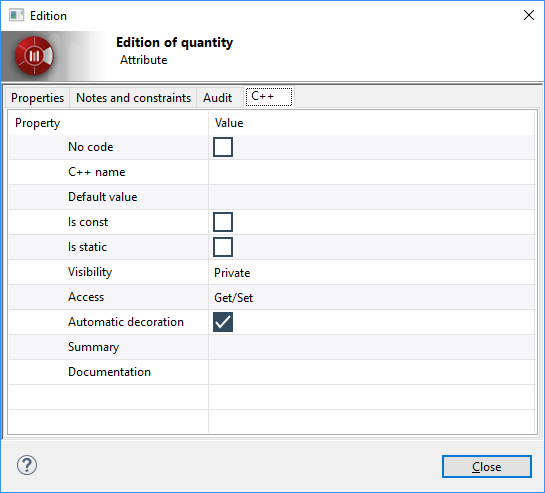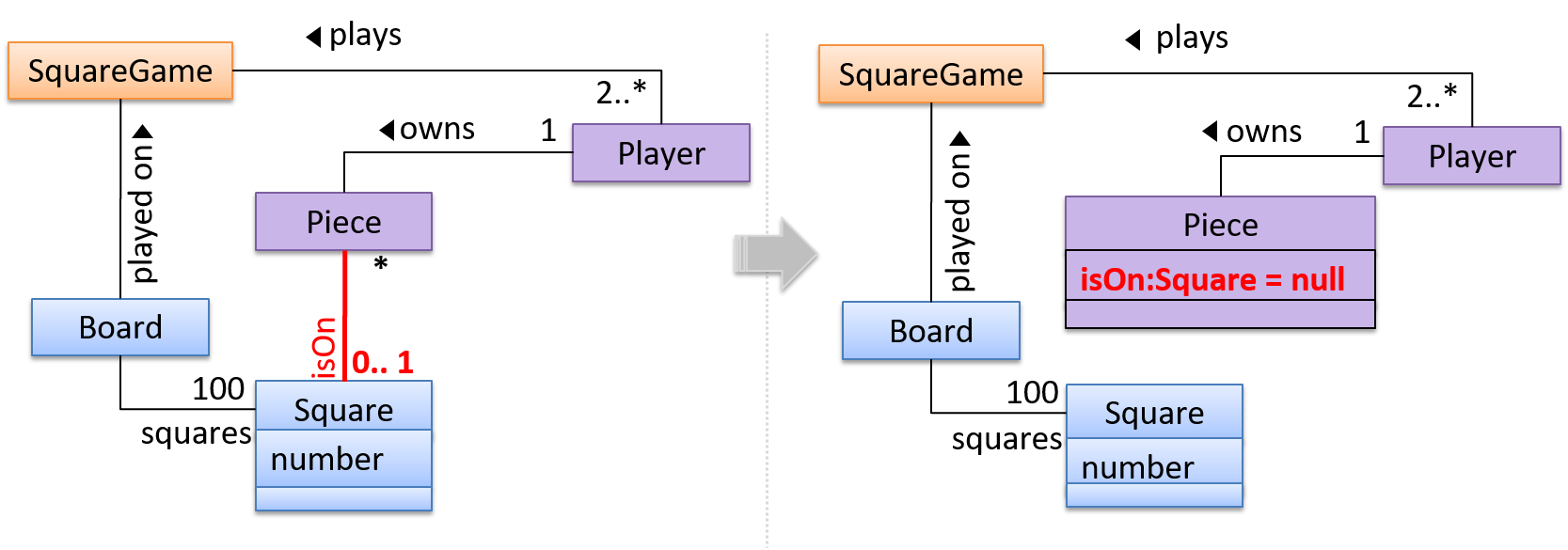

- #Modelio get attribute no to display type how to#
- #Modelio get attribute no to display type install#
- #Modelio get attribute no to display type generator#
- #Modelio get attribute no to display type driver#
Declare the field you want to use to display a relationship in Angular Here, we have a many-to-many relationship between Car (the owner) and Driver. Now the cars know their owner, but not the opposite. This is an example of such an association:Īs showed previously, the equivalent of a One-to-Many relationship is a Many-to-One: Unidirectional relationships for One-to-Many relationships are not (yet) supported by JHipster (see this page for more information about this). In this bidirectional relationship, an Owner can have many cars, and a Car can have only one owner. Notice that in order to achieve a unidirectional relationship we just removed the citizen label so that Passport doesn’t have it. If you’re looking for a unidirectional relationship:
#Modelio get attribute no to display type driver#
Here, we have a bidirectional one-to-one relationship between Driver and Car, with Driver as the owner of the relationship. Please note that we only support the relationships listed in the Managing relationships page.
#Modelio get attribute no to display type how to#
We just use the examples from JHipster in order to show how to do it with an editor. Note that you don’t need to capitalize type names ( except for composed names like BigDecimal, JHipster-UML capitalizes simple names). We have the attributes publicationDate and price set with the types BigDecimal and LocalDate we created as DataType. Here is an example of a properly created class for JHipster. You can look at the tables with all the types supported by JHipster and the validations you can use for each here. To have JHipster supported types like “BigDecimal”, “LocalDate”…, you can create a PrimitiveType or a DataType for it. An attribute must have a type supported by JHipster, otherwise it won’t work. EntitiesĮach entity is represented by a class, its fields are the class’ attributes. The class diagram should modelize the entities of your JHipster application domain, thus you have restrictions, you have to follow the methodology. JHipster-UML is quite easy to use, you only need a class diagram exported in XMI and JHipster-UML will parse it to create your entities. Otherwise, using v2.0.0+ is the choice for v3.0.0+ of the generator.
#Modelio get attribute no to display type generator#
If you’re using the generator before v3.0.0, then you must use JHipster UML v1.6.5 (latest patch release). JHipster UML is a tool that can be used with the JHipster’s generator. If you want the ‘bleeding edge’ (almost perfectly safe to use) version, you can clone our git repo from our GitHub project:
#Modelio get attribute no to display type install#
To install JHipster UML simply use the command:


You might want to use Powershell or another shell when using JHipster UML (or JHipster). The JHipster generator’s questions (from InquirerJS) could not work (the user is stuck when answering the questions). The link provides a solution to fix that if such a thing happens.įinally, an issue has been reported from a Windows user using Git Bash. This link may help if you encounter an issue on Windows.Īnother issue that can be encountered on Windows is this one. Please note that using JHipster-UML (or JHipster) might be troublesome (one has to install some tools to really be able to use the Node environment without any issue). Pull requests are welcome, but the commits must be ‘atomic’ to really be understandable.One posted issue must only have one problem (or one demand/question).When submitting anything, you must be as precise as possible: Please use our project for submitting issues and Pull Requests: JHipster-UML is available on GitHub, and follows the same contributing guidelines as JHipster. Here is a list of the editors we support: JHipster-UML is an alternative to the usual Q&A as it offers you the possibility to use a UML editor to create a diagram that will be parsed by JHipster-UML. If you like this project, don’t forget to give us a star on GitHub! The JHipster-UML project is available on GitHub, it is an Open Source project like JHipster (Apache 2.0 licence). The idea is that it is much easier to manage relationships using a visual tool than with the classical Yeoman questions and answers. JHipster-UML is a JHipster sub-project that can be used as a replacement to using the entity sub-generator.


 0 kommentar(er)
0 kommentar(er)
